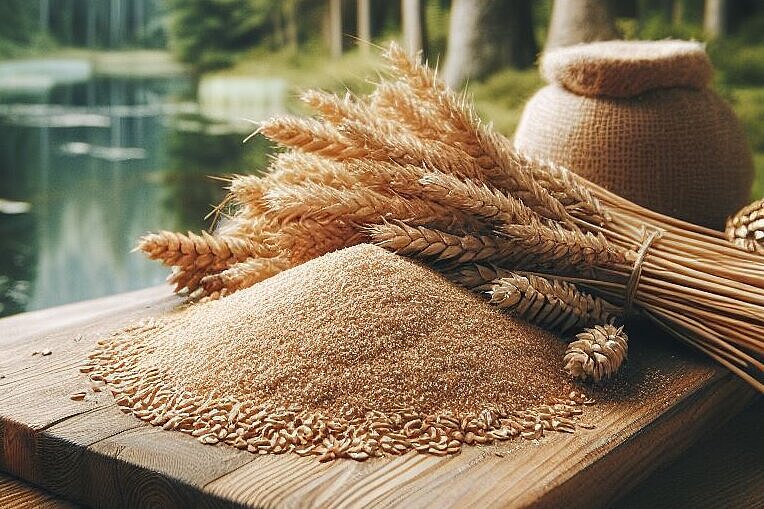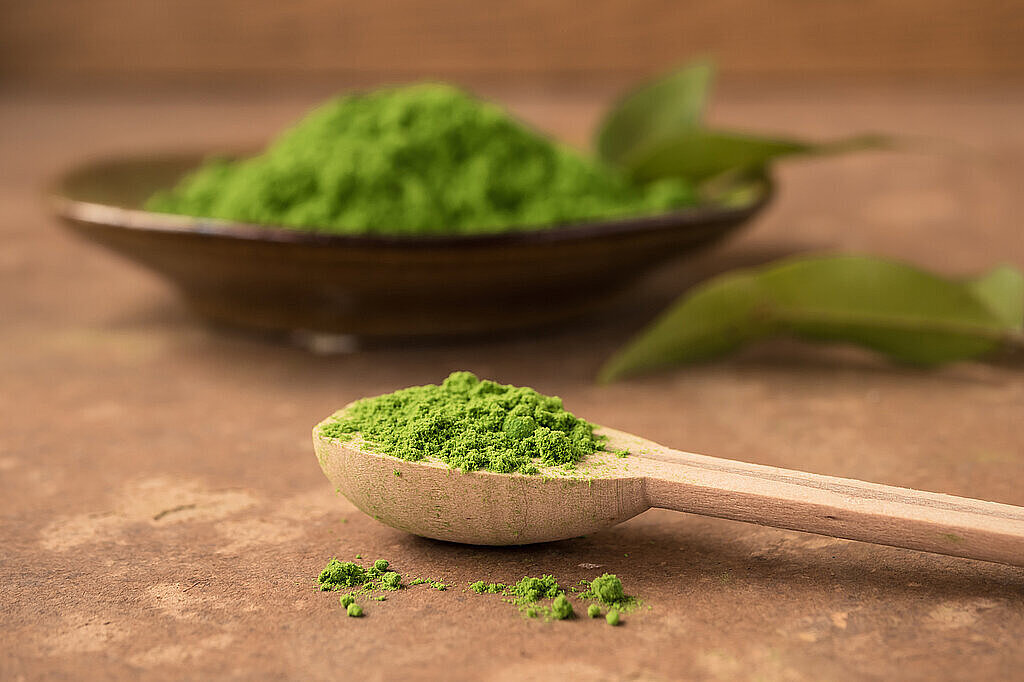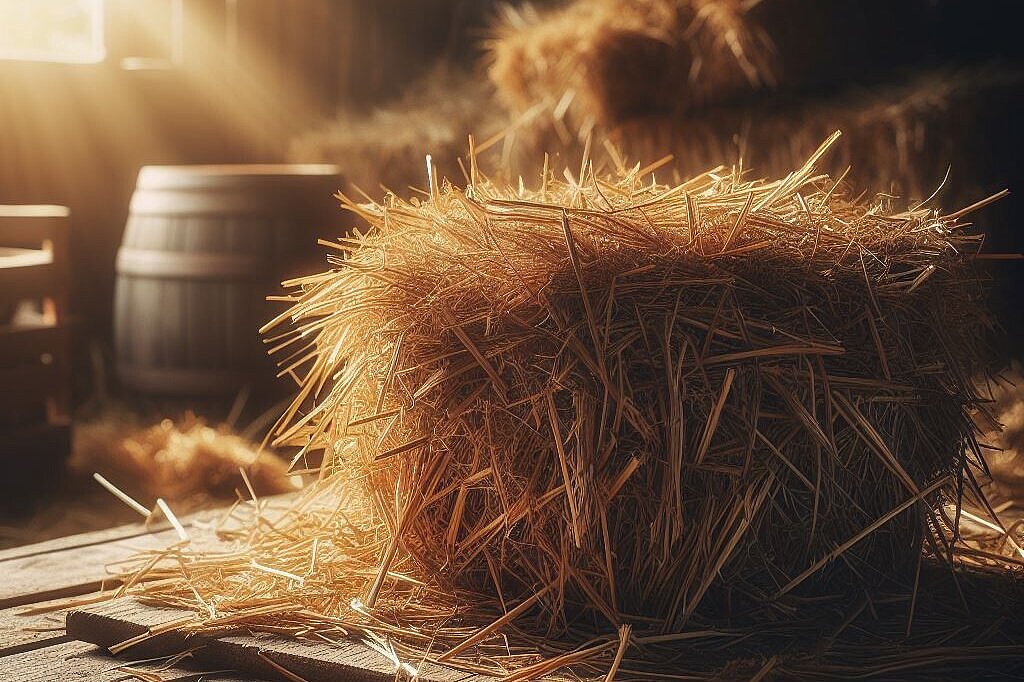Vegetable by-products

What are plant by-products?
Plant by-products are parts of plants that are produced during the processing of food for human consumption. These include, for example, peel, stems, leaves, seeds or roots. These parts are often regarded as waste, but can also be used as animal feed.
Why are plant by-products used in dog food?
Plant by-products have several advantages for dog food manufacturers:
- They are cheap and readily available.
- They can improve the shelf life and consistency of the food.
- They can serve as fillers or fiber to increase the nutritional value of the food.
What are the disadvantages of plant by-products in dog food?
However, plant by-products are not always optimal for your dog's health and well-being. Some possible disadvantages are:
- They can trigger allergies or intolerances, especially in sensitive dogs.
- They can affect digestion or cause bloating as they are difficult to digest.
- They can reduce the quality and taste of the food, as they often contain inferior or contaminated raw materials.
- They can reduce the amount of meat in the food, even though dogs are carnivores and need animal protein.
How do I recognize plant by-products in dog food?
Vegetable by-products must be stated on the list of ingredients of the dog food. However, the information is often very imprecise or misleading. For example, the term "vegetable by-products" can include all possible plant parts without specifying them in more detail. Terms such as "cereals", "vegetables" or "herbs" can also contain plant by-products without it being clear which varieties or parts thereof are used.
How can I avoid or reduce plant by-products in dog food?
If you want to avoid or reduce plant by-products in dog food, you should pay attention to the following points:
- Choose a high-quality dog food that is high in animal protein and contains as few plant-based ingredients as possible.
- Read the ingredients list carefully and avoid food that contains "vegetable by-products" or other unclear terms.
- Pay attention to the country of origin and certifications of the food to ensure that it does not contain any harmful substances.
- Observe your dog after feeding and look out for possible signs of intolerances or allergies, such as itching, diarrhea or vomiting.
Vegetable by-products are not suitable food for dogs. They can lead to many health problems, including malnutrition. A particularly high amount of vegetable by-products is a sign of poor quality dog food. You should always make sure that your dog is fed high-quality food.
Properties 5
Are you looking for other ingredients with a specific property?
Just click on them to find more.
If you notice any signs of hypersensitivity or poisoning in your dog, you should see your vet immediately. We are not a substitute for a vet, but we try to be as accurate as possible. Every dog reacts differently and we recommend you get a second opinion or consult your vet if in doubt.
Stay healthy and take good care of your four-legged friend!😊
Similar to Vegetable by-products
Wheat bran has several positive effects on your dog's health: It promotes digestion. Wheat bran swells in the gastrointestinal tract and increases the volume of intestinal contents. This stimulates...
Peanut shell is the hard, fibrous shell that surrounds the peanut kernel. It consists mainly of cellulose and lignin and has a low nutritional value. The shell is often considered a waste product of...
Vegetable flour is a collective term for various types of flour obtained from plant sources such as soy, lupins, peas or hemp. These flours contain a high proportion of vegetable protein, which can...
Straw is the name for the dry stalks of cereal plants that remain after the harvest. Straw is often used as fodder or bedding for farm animals, but also as a building material or insulation...



